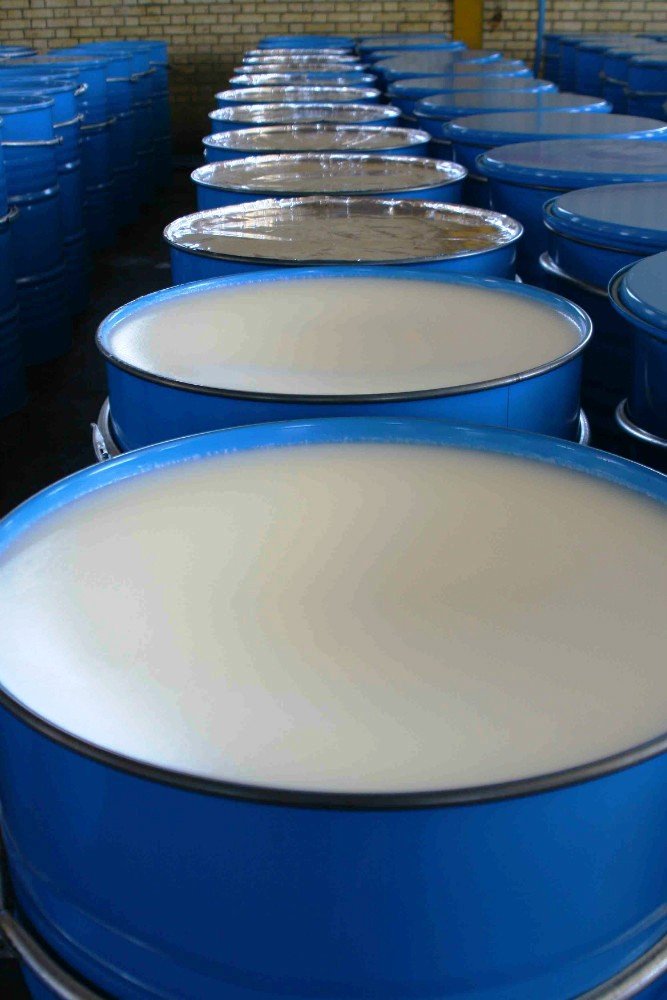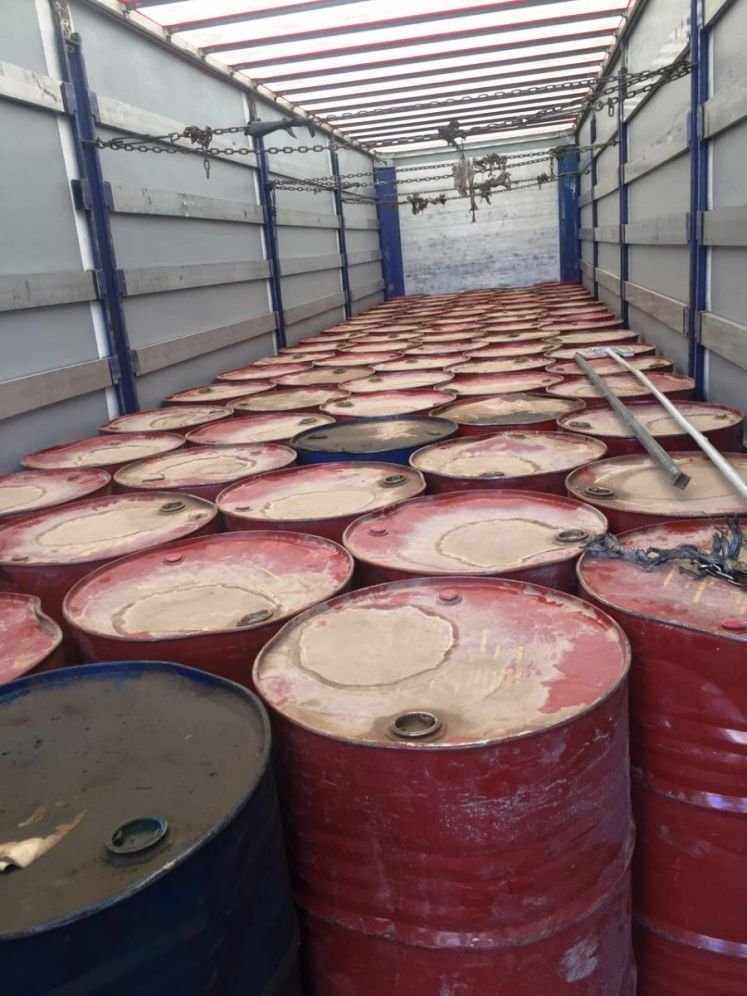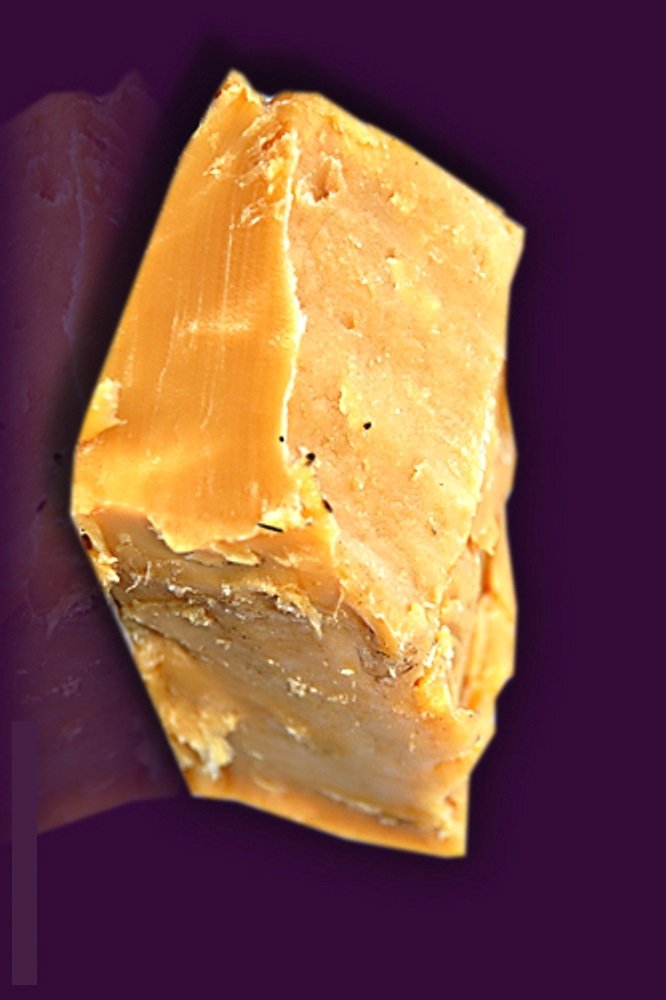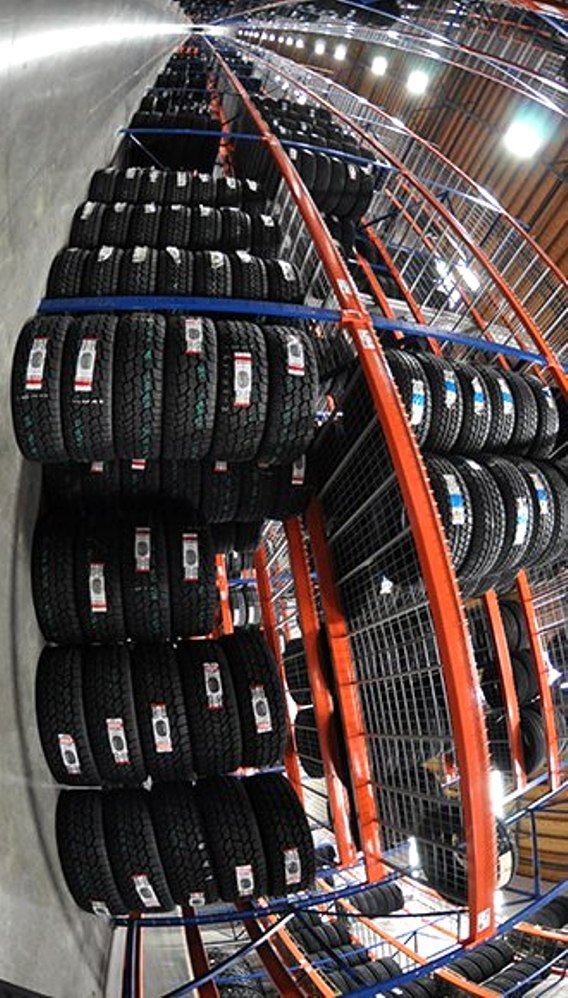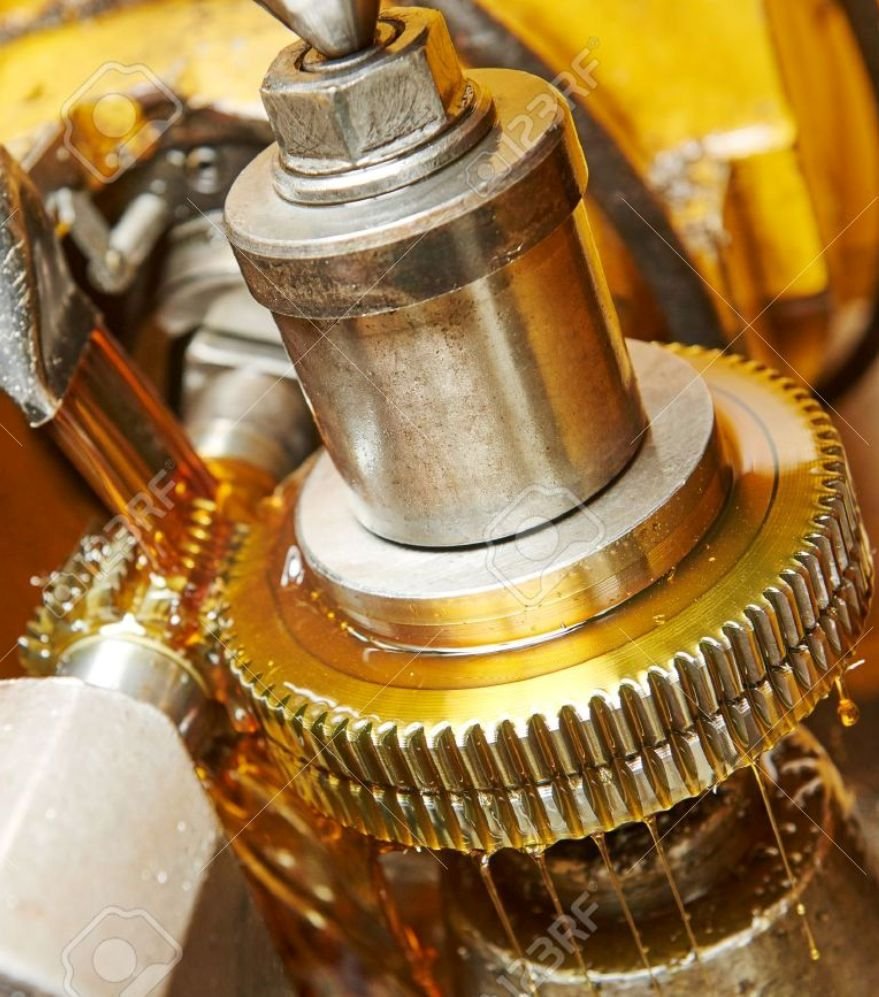One of the many products derived from refining is lubricating oil, from
which a byproduct called slack wax is obtained. Slack wax is a mixture of oil
and wax
Crystallization: Slack wax is heated, mixed with solvent and then
cooled. As it is cooled, wax crystallizes out leaving oil in solution. Wax
specifications such as melt point, penetration, and oil content are controlled
primarily by the amount of solvent added, the rate of cooling and the
temperature from the crystallization process.
Filtration: The crystallized wax is filtered from the solvent in
totally enclosed, inert gas blanketed, rotary drum filters. In order to obtain
the low oil content required in final wax products, two and sometimes three
stages of filtration are required.
Solvent Recovery: Two streams come from each drum filter, one
containing the wax and some solvent and the other containing extracted oil and
solvent. These streams go to the solvent recovery plant where solvent is
removed by continuous distillation in steam-heated kettle heat exchangers and
stripping towers. The recovered solvent is recycled to the crystallization
process and to the drum filters as a wash. The solvent-free wax and oil streams
go to separate storage. At this point the wax is known as a "product
wax" and the oil is called "foots oil". The product wax is
usually processed further and most of the foots oil is sold as catalytic
cracker feedstock.
De-coloring & De-odorizing: To produce a "fully
refined" wax from a product wax requires that the wax be passed through a
bed of clay to remove color and through a vacuum stripping tower for odor
removal. The de-coloring operation is known as "percolation" and is a
batch process. The clay is regenerated before reuse by passing it through a
multiple hearth furnace to remove the absorbed color bodies.
Blending and Manufacturing - Fully refined paraffin waxes are blended together to give certain
desired properties such as melt point and penetration. These blended waxes are
then either sold in a liquid state or converted into slabs, pastilles or
granules. Blended waxes are also used for base stock for further blending with
other petroleum based products such as resins and polymers to incorporate
special properties such as flexibility, toughness and/or gloss.
Foots oil or residue wax, is a byproduct obtained by
slack wax de-oiling or sweating in the paraffin wax manufacturing in the
paraffin wax manufacturing process. It is used in textile, leather and rubber
industries, as petroleum jelly and white oil manufacturing.
Slack Wax can be used as blending
components or water proofing agent in the manufacture of various industrial
products such as candles, canvass coatings and composite wood panels. These
waxes can also function as controlled release agents for various chemicals and
fertilizers.
RB SW.pdf [476.55 کیلوبایت] (حجم: 21)
RS SW.pdf [478.73 کیلوبایت] (حجم: 15)
RP SW.pdf [472.44 کیلوبایت] (حجم: 16)
RI SW.pdf [474.22 کیلوبایت] (حجم: 14)




